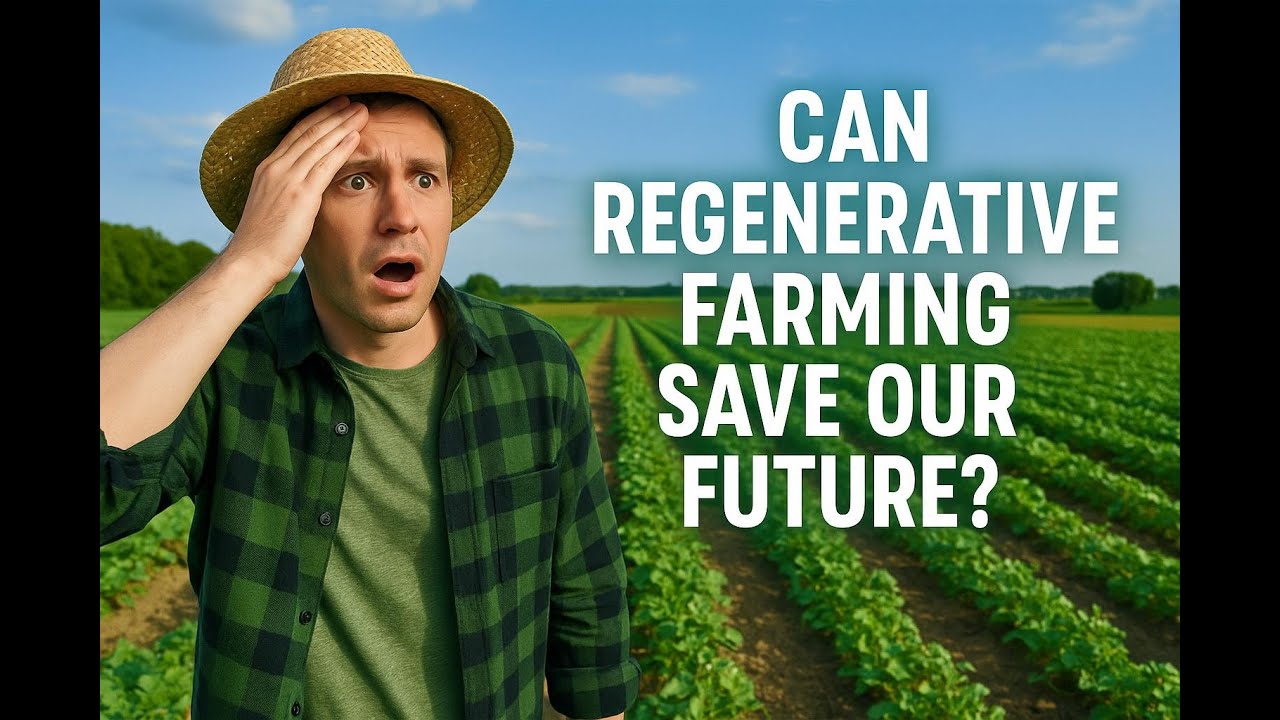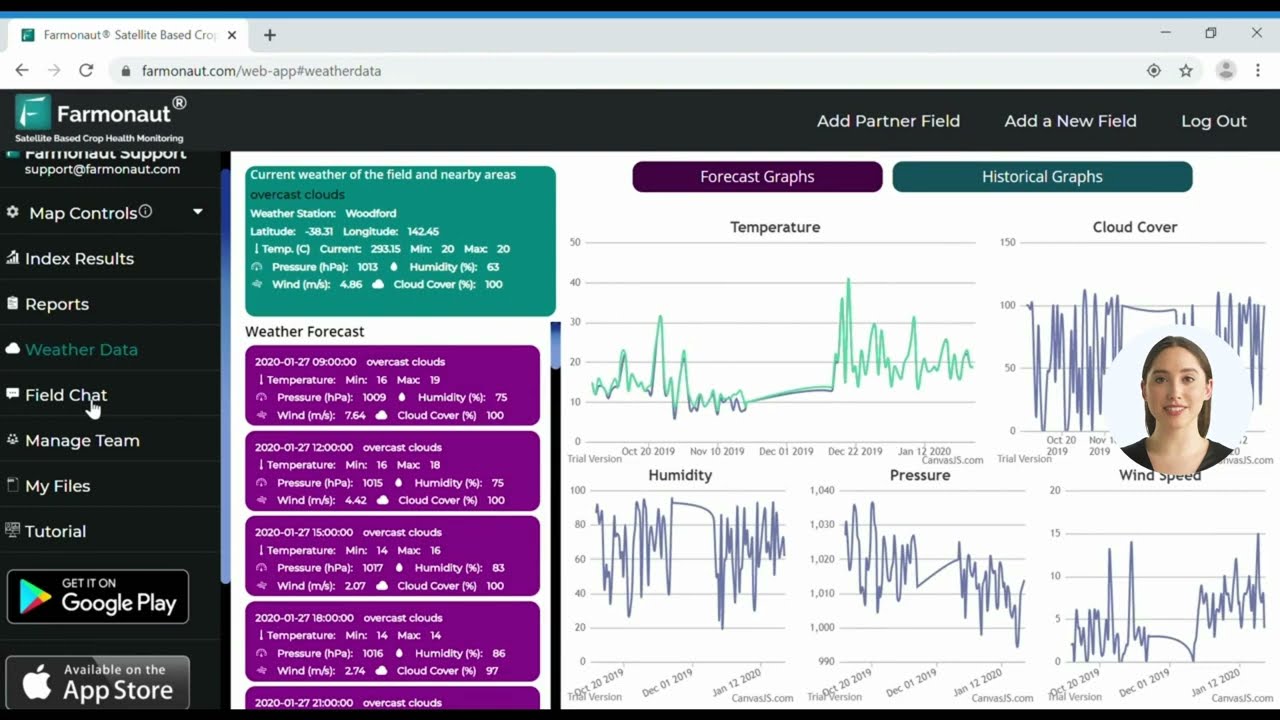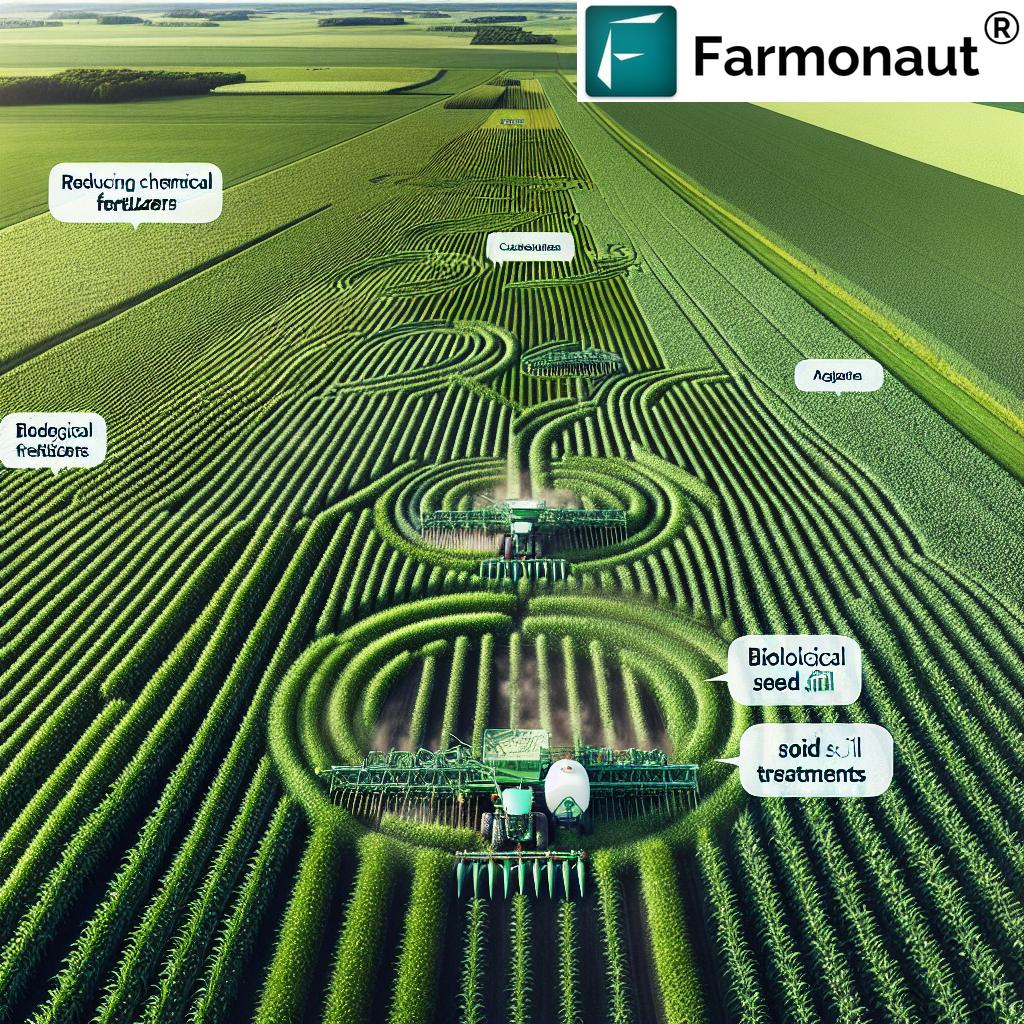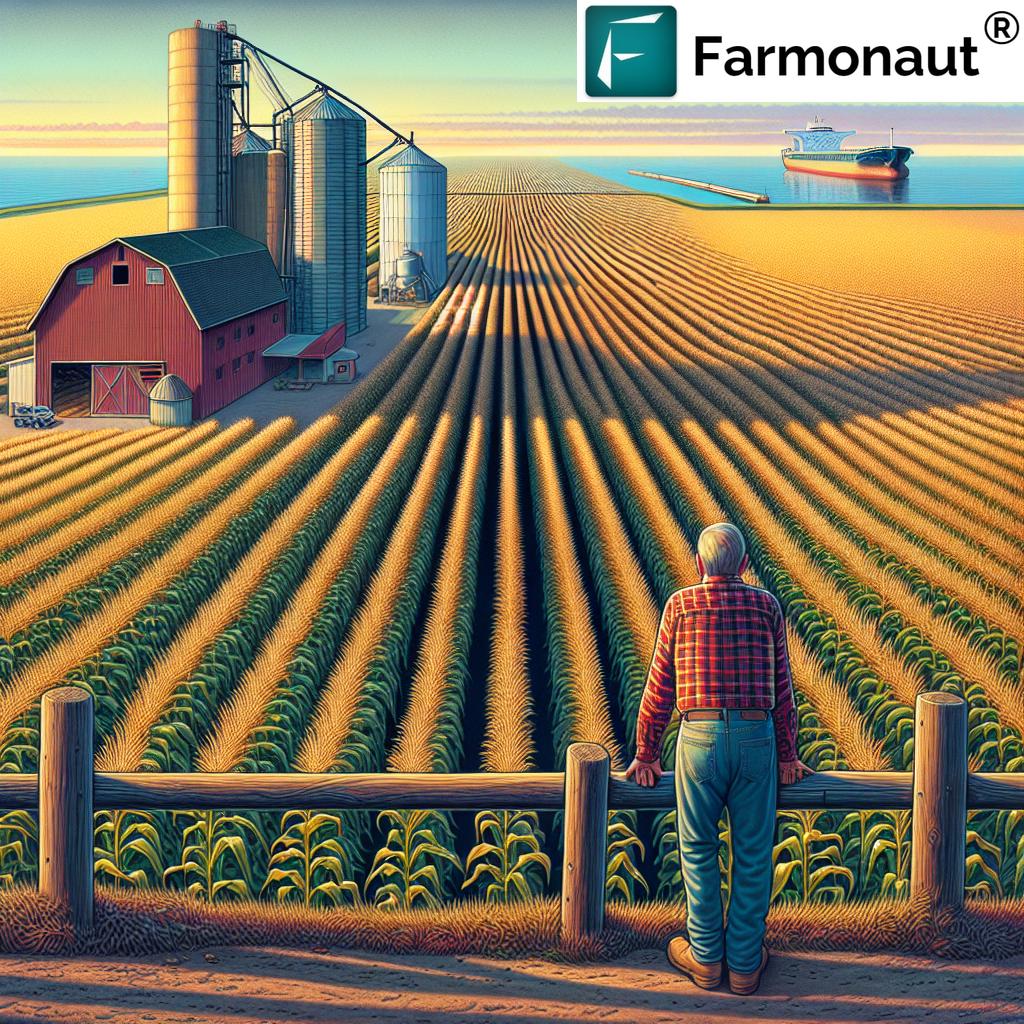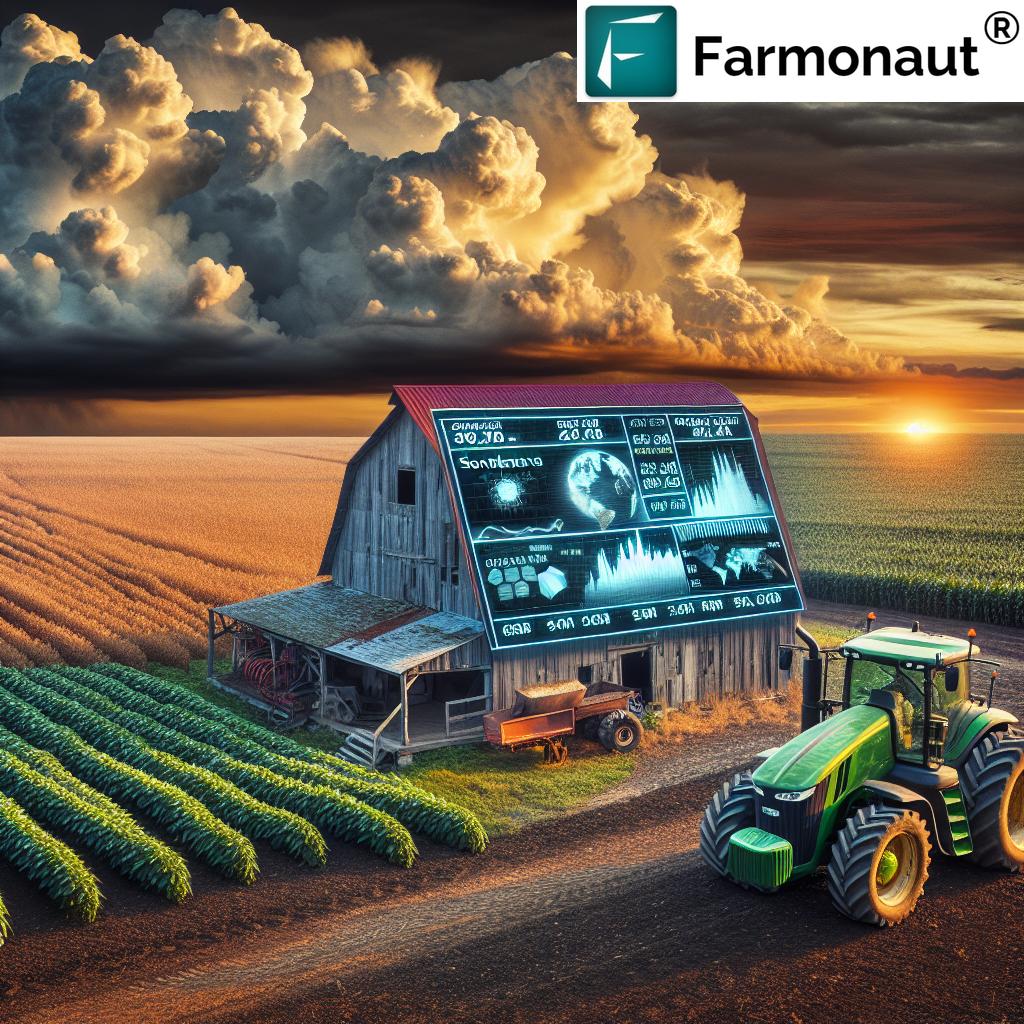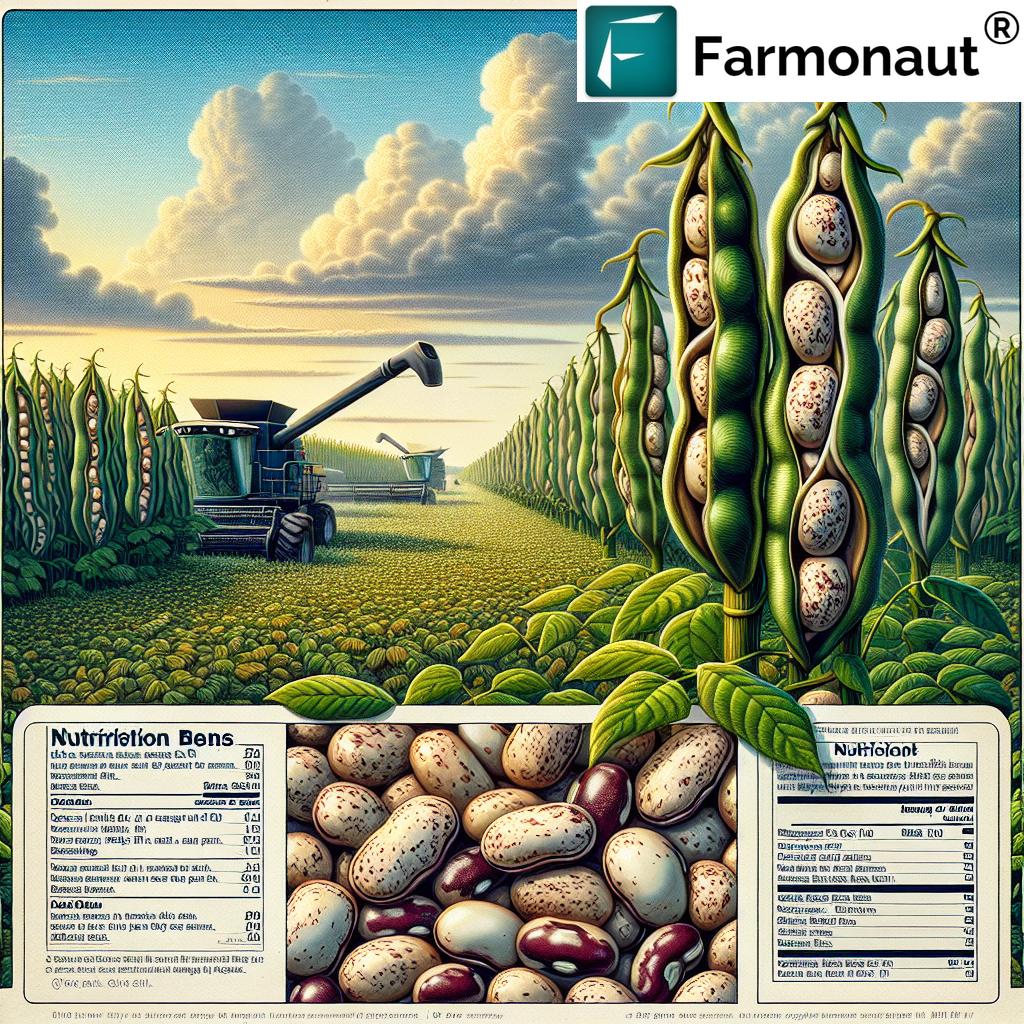USDA Agriculture: 7 Key 2026 Grants & Loans for Farming
Table of Contents
- Introduction: USDA’s Role in Shaping American Agriculture 2026
- Comprehensive Impact: USDA Agriculture Loans, Grants, and Data
- USDA Grants & Loans 2026 Overview Table
- 7 Key USDA Agriculture Grants & Loans for 2026
- The USDA Census of Agriculture 2025: Informing Policy & Opportunity
- Driving Innovation & Stewardship: USDA Initiatives Beyond Loans & Grants
- Satellite Data & Technology: Enhancing USDA Agriculture and Farm Success
- FAQ: USDA Agriculture Loans, Grants, Data, and Technology
- Conclusion: Ensuring the Future Success of American Farming
Introduction: USDA’s Role in Shaping American Agriculture 2026
The United States Department of Agriculture (USDA) continues to be the backbone of American agriculture as we look ahead to 2026 and beyond. From agriculture usda programs that empower farmers and ranchers, to robust usda agriculture loans, insightful usda census of agriculture data, and trendsetting grant initiatives, the USDA is shaping the sustainability, innovation, and productivity of food systems across the United States.
In this comprehensive article, we explore how USDA agriculture support systems — through loans, grants, development programs, and data-driven policy — are critical to ensuring a resilient farming sector, promoting environmental stewardship and sustainable resource management, and delivering economic success within rural communities. Whether you’re a beginning farmer, a rural entrepreneur, or an agribusiness professional, understanding USDA programs and 2025’s data-driven trends is essential for success in 2026 and beyond.
Comprehensive Impact: USDA Agriculture Loans, Grants, and Data
The USDA dept of agriculture oversees a multifaceted system that provides support across agriculture, food security, land management, and rural development. Its mission extends beyond boosting crop production: it strives to facilitate economic viability, environmental stewardship, and rural innovation. Let’s break down the main avenues the us department of agriculture usda uses to facilitate the growth and continued resilience of the American farming sector:
- USDA Agriculture Loans: Support farmers and ranchers with critical access to capital to purchase land, buy equipment, construct facilities, or refinance debt—especially when conventional lending is out of reach.
- USDA Agriculture Grants: Provide targeted, non-repayable funding for projects that improve rural infrastructure, support sustainable farming practices, and encourage adoption of new technologies and research.
- USDA Census of Agriculture: Every five years, collects the most comprehensive agricultural data in the nation, shaping programs, eligibility, and policy according to the real needs and demographics of the industry.
- Development & Innovation Initiatives: From broadband expansion and water system upgrades, to environmental conservation and renewable energy infrastructure, the USDA continues to enable rural success beyond production alone.
USDA Grants & Loans 2026 Overview Table
| Program Name | Type | Est. Funding 2026 (USD) | Main Purpose/Activities | App. Window (2025–26) | Who Can Apply | Example Impact |
|---|---|---|---|---|---|---|
| Farm Operating Loans | Loan | $10B+ | Working capital, equipment, seasonal costs | Oct 2025 – Sep 2026 | Farmers, ranchers, agribusinesses | Supports over 80,000 operating farms annually |
| Farm Ownership Loans | Loan | $5B+ | Purchase land, farm expansion, debt refinance | Year-round, 2025–2026 | Farmers, beginning/rural/organic producers | Anticipated to finance 30,000 farm purchases |
| USDA Microloans | Loan | $800M | Small-scale equipment, seasonal needs | Jan 2025 – Dec 2026 | Small/new/minority/urban farmers | Est. 25,000 microloans issued |
| Climate-Smart Ag Grants | Grant | $2.5B | Climate-smart practices, carbon farming, cover cropping | Spring 2025–Fall 2026 | Farmers, co-ops, NGOs, research organizations | Funds 50,000+ projects; 8M acres climate-resilient |
| Value-Added Producer Grants | Grant | $800M | New products, organic, on-farm processing | Summer 2025 | Producers, ag entrepreneurs, co-ops | Anticipated to benefit 2,000+ businesses |
| Rural Energy for America Program | Grant/Loan | $1.2B | Energy efficiency, renewables, solar/wind/biomass | Rolling, 2025–2026 | Rural small businesses, farmers | Supports 12,000+ energy projects |
| Beginning & Socially Disadvantaged Farmer Assistance | Loan/Grant | $1B+ | Training, land access, debt relief, equity programs | Supported year-round | Beginning, minority, women, veteran producers | Estimated 50,000+ producers supported |
7 Key USDA Agriculture Grants & Loans for 2026
As agriculture continues to evolve in 2026, USDA grants and loans are ensuring American farmers are not only equipped to produce more food but do so sustainably, with improved access to capital, infrastructure, data, and technology. Below, we detail seven critical USDA programs driving this change and their multifaceted impact on agricultural success.
1. USDA Farm Operating Loans
USDA Farm Operating Loans are a foundational solution for working capital needs in today’s farming landscape. Administered via the Farm Service Agency (FSA), these loans
are specifically designed to help farmers and ranchers buy essential equipment, cover everyday operating costs, and pay for vital inputs such as seed, fertilizer, or livestock feed.
- Eligibility: U.S. farmers, ranchers, cooperatives, and agribusinesses.
- Purpose: Short and intermediate-term needs: planting, harvesting, livestock, supplies, farm improvements.
- Benefits: Flexible terms, subsidized interest rates, and dedicated versions for beginning, minority, and socially disadvantaged producers.
- 2026 Trends: Digital applications, satellite-data-based verification, AI-driven risk assessments (for example, integrating platforms like Farmonaut’s crop monitoring for loan validation; more details below).
SEO Tip: USDA Farm Operating Loans improve access to capital for conventional, organic, and diversified farmers across all sectors, ensuring ongoing productivity and resilience.
2. USDA Farm Ownership Loans
Creating a legacy starts with land. The USDA Farm Ownership Loan is pivotal for purchasing land, expanding acreage, constructing or improving farm buildings, and even refinancing existing agricultural debt.
- Eligibility: New and established farmers, family farms, rural businesses, organic and specialty crop producers.
- Main Activities: Land acquisition, facility upgrades, infrastructure improvement, efficiency building conversions.
- 2026 Focus: Prioritize young, minority, and first-time landowners with modified criteria based on 2025 USDA Census trends.
- Impact: Anticipated to facilitate tens of thousands of new farm ownerships, supporting generational transitions and rural stability.
USDA farm ownership loans are a lifeline for beginning farmers and minority producers, helping bridge the gap to land access and economic viability in agriculture.
3. USDA Microloans for Small & Urban Farmers
With small-scale and urban farms growing in number, USDA Microloans provide fast, flexible capital (up to $50,000) for seasonal needs, equipment purchasing, and creative enterprise experimentation.
- Designed for: New and small farmers, urban producers, direct market gardeners, minority and specialty crop growers.
- Key Features: Streamlined application, reduced paperwork, focus on production diversity and innovation.
- Industry Trend: Informed by USDA Census of Agriculture showing rising urban and niche market participation.
- 2026 Expansion: Enhanced support for climate-smart experimentation and early-stage business scaling.
4. USDA Climate-Smart Agriculture Grants
As climate change impacts intensify and carbon accounting becomes essential, USDA agriculture grants are increasingly directed at climate-smart agriculture.
These grants encourage cover cropping, soil carbon sequestration, smarter water management, and renewable energy adoption.
- Eligibility: Individual farmers, co-ops, NGOs, universities, tech innovators, and research organizations.
- Main Activities: Funding for no-till, cover crops, grazing management, weather-resilient infrastructure, and carbon footprinting.
- Innovative Practices: Grant recipients often deploy advanced monitoring such as satellite-based carbon foot-printing and traceability —
learn more about Farmonaut’s Carbon Footprinting Platform
— for actionable climate action in agriculture. - Trends (2026): Integration of digital tools, public-private partnerships, and adoption of AI and blockchain for sustainability tracking.
These grants help safeguard productivity, reduce environmental footprints, and maintain sector competitiveness in the face of climate pressures.
5. USDA Value-Added Producer Grants (VAPG)
Transforming raw commodities into higher value products is a core growth strategy. The Value-Added Producer Grant supports farmers and agribusinesses in launching new consumer products, on-site processing, direct-to-market ventures, and specialty, organic, and certified foods.
- Main Purposes: Foster new product development, sustain farm profitability, create rural jobs, and respond to evolving consumer demands.
- Eligible Activities: Business planning, marketing, packaging, processing facility upgrades.
- 2026 Focus: Supporting the growth of local food systems, organics, and traceable supply chains –
explore Farmonaut’s blockchain-based Traceability Solution for agricultural products.
VAPG funding is a launchpad for economic diversification, value retention, and market innovation in American agriculture.
6. USDA Rural Energy for America Program (REAP)
Ensuring energy sustainability in rural farming regions is a strategic priority beyond production. The REAP program issues both grants and loans
for energy efficiency upgrades, solar, wind, and renewable infrastructure across the American countryside.
- Eligibility: Rural small businesses, farmers, cooperative enterprises.
- Impact: Reduces energy costs, modernizes farm infrastructure, enables adoption of climate-positive generation.
- 2026 Direction: Integration of solar microgrids, on-farm battery storage, and energy-efficient irrigation built atop policy insights from current USDA Census data.
- REAP applicants often leverage Farmonaut’s Large Scale Farm Management Platform for data-driven decision-making in infrastructure upgrades.
Harnessing REAP grants and loans is a proven way to enhance resource efficiency and environmental stewardship within the rural development system.
7. Targeted Support for Beginning and Socially Disadvantaged Farmers
Breaking barriers is central to a resilient United States agricultural sector. The USDA’s targeted lending, debt-relief, and grant programs for beginning, minority, women, and veteran farmers
lower the hurdles to land ownership, capital access, business training, and technical support.
- Main Features: Reduced or deferred loan repayment, priority grant opportunities, tuition or training reimbursement, debt relief initiatives.
- Data-Driven: Guided by statistics sourced from the 2025 USDA Census of Agriculture — such as the increasing share of young, urban, or minority farm operators.
- 2026 Trends: Enhanced e-learning and satellite advisory support — for example, through platforms integrating Farmonaut’s AI-based advisory systems with USDA outreach.
Optimize your USDA grant reporting and field decision-making with Farmonaut’s powerful satellite platform. Available via web, Android, and iOS, our system provides live imagery, AI-advisory, weather insights, and resource tracking for precision agriculture.
Seamless developer integration:
Review Farmonaut’s Agriculture Satellite API for scalable remote sensing in crop insurance, farm management, and traceability; or view the API developer documentation.
The USDA Census of Agriculture 2025: Informing Policy & Opportunity
The USDA Census of Agriculture is the primary data repository for American farming statistics. Conducted every five years, the results of the 2024 census (released early 2025) provide the most comprehensive snapshot of the country’s agricultural landscape and trends. This census captures:
- Number and size of farms
- Land use, irrigation and crop patterns
- Production by crop, livestock, and specialty
- Operator demographics — age, gender, ethnicity, new and young farmers, military veterans
- Adoption of technologies and sustainable practices
- Organic operations, food safety, carbon management
Federal agencies, banks, insurers, grant-makers, and agribusinesses rely on this data to shape programs, set funding priorities, and adapt to changes in the farming sector. For example:
- The 2025 census highlights increases in organic farming, urban production, and minority-owned operations.
- These shifts inform USDA agriculture grant and loan guidelines, making capital and support more accessible to new entrants and underrepresented producers.
- Conservation and energy program eligibility is recalibrated using the latest regional and national data on climate-smart practice adoption.
Thus, the USDA census of agriculture is not just a repository: it’s a driver of policy, shaping the future of the industry at every level.
Driving Innovation & Stewardship: USDA Initiatives Beyond Loans & Grants
The USDA dept of agriculture supports agriculture through so much more than direct financial products. USDA initiatives in 2025–2026 are empowering rural communities, food systems, and conservation by:
- Broadband Expansion: Accelerating internet access across remote farming regions to enable digital mapping, tele-agronomy, and AI resource management tools.
- Water System Upgrades: Funding modern irrigation, drought management, and drinking water systems vital for climate adaptation.
- Rural Electrification: Upgrading grids to support precision farming, energy security, and the adoption of advanced farm machinery.
- Conservation and Environmental Programs: Incentives for wetland and grassland preservation, pollinator protection, and on-farm biodiversity — informed by modernized satellite and AI-based monitoring.
These foundational investments are shaping the future landscape of American agriculture, ensuring that innovation and stewardship remain central to the sector’s success.
Satellite Data & Technology: Enhancing USDA Agriculture and Farm Success
Farmonaut’s Role in Modern Agriculture
At Farmonaut, we believe that agriculture’s future lies in the intersection of satellite technology, AI, blockchain, and actionable data. Our mission is to make satellite-driven insights affordable and accessible, empowering everyone from individual farmers to large agribusinesses and government agencies.
Farmonaut’s platform provides:
- Real-time satellite monitoring for vegetation health (NDVI), soil conditions, and resource allocation
- AI-based advisories (Jeevn AI) for climate resilience and operational efficiency
- Blockchain-based traceability for end-to-end product authenticity and food safety
- Fleet and resource management tools to reduce costs and optimize logistics
- Environmental impact monitoring for carbon footprint reporting in line with climate-smart agriculture grants
Our technology is designed to strengthen USDA program participation: supporting loan verification, insurance applications, grant compliance, and productivity analysis using transparent and up-to-date satellite data.
Farmonaut Satellite Platform & API
-
For financial institutions and insurers: Our
Crop Loan and Insurance Platform
enhances trust and reduces fraud with satellite-based field verification. -
For sustainability and carbon accounting: Utilize
Farmonaut’s carbon footprinting
for reporting on USDA climate-smart grants. Track progress toward decarbonization and compliance. -
For supply chain transparency: Leverage
blockchain-based traceability
to verify agricultural products eligible for value-added or specialty grant programs. -
Large scale management: Agro-admin tools merge satellite insights, AI strategy, and resource optimization for maximum impact –
explore the platform here. -
Custom environmental solutions: Tackle resource sustainability, soil health, and climate adaptation with
field advisory tools
on your device of choice.
We encourage farmers and agribusinesses interested in modernizing their USDA grant or loan strategies with robust and affordable satellite data to try Farmonaut via web app, Android, or iOS.
Explore the Farmonaut Satellite API,
and API documentation, for developers integrating advanced farm analytics into custom or enterprise U.S. agriculture software.
FAQ: USDA Agriculture Loans, Grants, Data, and Technology
- What are the main differences between a USDA grant and a USDA loan?
-
- USDA loans require repayment (though often at reduced rates or with flexible terms), while USDA grants do not; grants are typically highly competitive, targeted to innovation, conservation, or development projects, and may carry specific reporting requirements.
- Who is eligible to apply for USDA agriculture grants?
-
- Eligibility varies by program but often includes farmers, ranchers, agribusinesses, rural entrepreneurs, and community organizations. Priority is often given to beginning, minority, women, or veteran producers, with selection criteria updated based on the USDA Census of Agriculture.
- How does the USDA Census of Agriculture affect grants and loans?
-
- The USDA Census provides critical data on demographic shifts, emerging trends (e.g., organic farmers rising), and regional challenges, directly shaping program eligibility, funding focus, and outreach efforts.
- Can Farmonaut data be used for USDA loan or insurance verification?
-
- USDA programs increasingly accept digital and remote sensing data for field verification. Our satellite imagery and analytics platform can accelerate your loan or insurance review, providing transparent and up-to-date field status reporting for lenders, insurers, and program administrators.
- What are key trends in USDA support programs for 2026?
-
- Key trends include digitization (online applications, digital field verification), an increased focus on climate resilience, targeted support to new and underrepresented producers, supply chain transparency (blockchain traceability), and integration of AI and satellite technologies for program oversight and impact assessment.
- Where can I access Farmonaut’s tools to support my farm, ranch, or agribusiness?
-
- Farmonaut is available on web and browser, as well as Android and iOS apps. Our API and developer documentation are also provided for integration into third-party software solutions.
Conclusion: Ensuring the Future Success of American Farming
In 2026 and beyond, the United States Department of Agriculture is steadfast in its mission to support, innovate, and safeguard the American farming system. By expanding critical access to usda agriculture loans and usda agriculture grants, driving rural infrastructure and digital transformation, and making decision-critical data available through the usda census of agriculture, the USDA is ensuring that farmers, ranchers, and agribusinesses remain equipped to thrive.
Today’s agriculture landscape is defined by innovation, environmental stewardship, and data-driven decision-making. With the right mix of policy, capital, and technology, including satellite-based solutions like those provided by Farmonaut, the United States is poised for sustainable growth, resilience, and rural prosperity.
For producers and businesses across the nation, understanding and leveraging these multifaceted avenues of support is both an opportunity and a necessity to succeed in the ever-evolving world of American agriculture.



